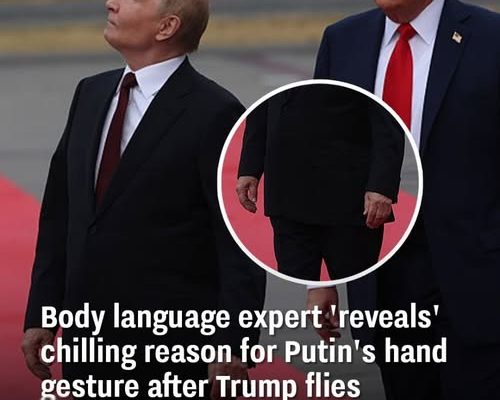During a much-anticipated meeting on August 15 in Anchorage, Alaska, Presidents Donald Trump and Vladimir Putin sat down for a high-stakes discussion aimed at negotiating peace amid the ongoing conflict with Ukraine. The summit, held in a city chosen for its symbolic position between East and West, drew international attention. Leaders, analysts, and ordinary citizens alike wondered whether the two powerful figures could find common ground in one of the world’s most pressing conflicts.
For nearly three hours, the two leaders engaged in direct talks behind closed doors. Despite the length of the meeting, no formal agreement was reached. However, Trump struck an optimistic tone afterward. Speaking to reporters, he said that while some points remained unresolved, “only a few” differences separated the sides from making meaningful progress. He added that further negotiations were planned, hinting that the path to peace, while difficult, was not impossible.
The atmosphere of the meeting was carefully crafted to signal strength, respect, and diplomacy. Upon arriving at Joint Base Elmendorf-Richardson, Trump and Putin walked side by side down a red carpet, greeted by an impressive military honor guard. As they crossed the runway, the sky suddenly thundered with the roar of engines. Four F-35 fighter jets and a B-2 Spirit stealth bomber soared above, creating a dramatic moment that underscored America’s vast military capability.
The flyover was not accidental. The F-35s, representing the cutting edge of U.S. air power, and the B-2, a long-range bomber capable of carrying nuclear weapons, were a visible reminder of America’s strategic strength. For many watching, it was a powerful message to both allies and rivals: the United States was approaching these talks from a position of unmatched military readiness.
Observers noted that Putin’s reaction to the display was particularly telling. As the aircraft roared overhead, he immediately looked skyward, his expression sharp and focused. Body language expert and celebrity psychic Inbaal Honigman analyzed the moment afterward, pointing out subtle cues. She noted that Putin’s right hand stiffened over his pocket — a move sometimes described as the “holster hand,” a subconscious gesture linked to his KGB training and readiness to respond quickly under pressure.
Honigman explained that Putin’s famous “Gunslinger Gait” — his distinctive walk in which one arm swings freely while the other remains close to his body — is itself a reflection of that same training. His response to the aircraft flyover revealed that his instincts remain intact, even decades after leaving the world of intelligence for diplomacy. He did not appear startled but instead maintained a calm readiness, a reminder of the sharp discipline that still defines him.
Trump, by contrast, reacted with visible pride, clasping his hands together as the jets thundered past. While Putin tracked the aircraft with interest — and even a glimmer of delight — Trump seemed to embrace the display as a personal point of honor. For a moment, the two leaders, often seen as rivals, shared a look upward that suggested mutual respect for the sheer power on display.
The tension of the moment was broken with a gesture of camaraderie. Trump reached out and briefly touched Putin’s arm, signaling both personal warmth and a willingness to build trust. Putin responded with a nod — understated yet respectful — acknowledging both the gesture and the spectacle of military might.
Though the summit ended without a binding deal, the optics carried weight. The dramatic flyover, the subtle body language, and the gestures of friendship all painted a picture of two leaders navigating the delicate balance of competition and cooperation. The Anchorage meeting may be remembered less for the agreements signed than for the theater of diplomacy it represented — a stage where strength, instinct, and symbolism spoke as loudly as words.



